By Christopher Miskimon
The troopers of the 1st Squadron 11th Armored Cavalry Regiment, in an armored column in Long Khanh Province, South Vietnam, on December 2, 1966, waited at their base camp for an order to move out on an escort mission. Their task that afternoon was to escort a truck to a nearby quarry where combat engineers waited with another convoy of dump trucks loaded with gravel for a construction job. The armored escort consisted of two M-48 tanks and three M113 Armored Cavalry Assault Vehicles.
The column moved out at 4:00 p.m. It was under the command of platoon leader Lieutenant William Radosevich, who sat in a tank at the head of the column. In the middle of the column were ACAVs and two supply trucks. The third ACAV and the second tank brought up the rear.
The route took them through the village of Suoi Cat. As they passed through the village, the cavalrymen immediately sensed something was wrong. The absence of children playing was unusual, and the village seemed oddly still and quiet. James Clifford, the loader on Radosevich’s tank, spoke first. “Something doesn’t look right,” he said. Radosevich agreed.
Those in the rest of the vehicles in the convoy felt the same way. Nash Loya, a gunner on one of the ACAVs, zipped his flak vest and manned his M-60 machine gun. Radosevich turned to his right in the commander’s hatch of the tank, accidentally hitting the turret traverse control. The turret slewed to the right, just as Clifford looked down and saw a man crouched in a ditch staring straight up at him.
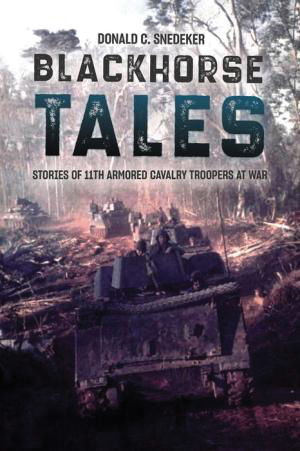 Clifford swung his machine gun to point at the man just as a mine went off 10 meters ahead. The detonation proved premature. Clifford thought that perhaps the movement of the turret had scared the enemy into detonating the mine too soon. A shrapnel fragment hit Radosevich below one eye, partially blinding him. “Ambush!” he shouted into his radio. All the drivers followed standard procedure and went into a herringbone formation, where each vehicle alternately points left or right off the road to provide 360-degree firepower. Enemy fire from machine guns, recoilless rifles, and mortars pummeled the Americans, but they were not helpless.
Clifford swung his machine gun to point at the man just as a mine went off 10 meters ahead. The detonation proved premature. Clifford thought that perhaps the movement of the turret had scared the enemy into detonating the mine too soon. A shrapnel fragment hit Radosevich below one eye, partially blinding him. “Ambush!” he shouted into his radio. All the drivers followed standard procedure and went into a herringbone formation, where each vehicle alternately points left or right off the road to provide 360-degree firepower. Enemy fire from machine guns, recoilless rifles, and mortars pummeled the Americans, but they were not helpless.
They replied with machine guns and the 90mm cannon of the tanks. The two unarmored supply trucks were mobile, so Radosevich led them out of the kill zone and to the quarry. He then returned to the fight. The remaining vehicles started leapfrogging their way forward out of the kill zone themselves. Gunner Nash Loya’s ACAV took some hits, and he was wounded at the beginning of the fight. Struggling back up to his M-60, he saw three enemy soldiers preparing to fire a recoilless rifle at his vehicle. He took aim and fired. “As I pulled the trigger, I saw them all hit the ground,” he recalled. “I knew that I had killed them. I was glad at the time.”
The trailing tank fired three rounds with its gun before one jammed, taking the cannon out of action. A hit from a recoilless rifle round blew the commander’s cupola off the tank, taking its .50-caliber machine gun with it. The crew had only their coaxial machine gun to keep the enemy at bay, but to clear the jam from the main gun, the loader had to elevate it, taking the coaxial gun out of action. The loader fired a submachine gun out a hatch to keep enemy infantry away, but the situation for them began to look grim. Ahead of them, another recoilless round struck an ACAV, starting a fire on the vehicle.
The situation looked grim for the convoy at that moment, but it was only the beginning of 1st Squadron’s ordeal that day. The conclusion of the ambush on Highway 1 and many other similar narratives of the 11th Armored Cavalry Regiment can be found in Blackhorse Tales: Stories of 11th Armored Cavalry Troopers at War (Donald C. Snedeker, Casemate Books, Havertown PA, 2021, 292 pp., maps. Photographs, notes, bibliography, index, $34.95, hardcover).
The author serves as a historian for the veterans of this proud unit and has spent decades gathering stories from them. This book, his second on the unit, gathers their accounts into a narrative of the 11th ACR’s time in South Vietnam from 1966 to 1971. The work contains clear prose and good photographs to accompany the text. After each chapter there is a vignette of a combat action breaking down the engagement in detail. Each section of the book has veteran accounts expertly woven into the narrative, giving the volume authenticity and gritty realism. Most importantly, the author has collected the experiences of Vietnam veterans to keep their history alive for current and future generations.
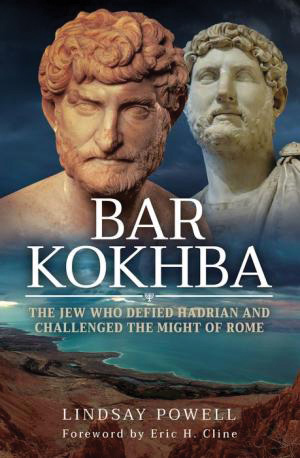 Bar Kokhba: The Jew Who Defied Hadrian and Challenged the Might of Rome (Lindsay Powell, Pen and Sword Books, South Yorkshire UK, 2021, 336 pp., maps. Illustrations, bibliography, index, $34.95, hardcover)
Bar Kokhba: The Jew Who Defied Hadrian and Challenged the Might of Rome (Lindsay Powell, Pen and Sword Books, South Yorkshire UK, 2021, 336 pp., maps. Illustrations, bibliography, index, $34.95, hardcover)
Simon bar Kokhba gave his name to an epic struggle between Jewish militia and the Roman Empire. This war took place 1,900 years ago, the spark that ignited the war might have been Roman Emperor Hadrian’s decision to rebuild the ruined city of Jerusalem as a settlement for retired Roman soldiers. Such a move constituted a serious insult to the Jews and touched off the Bar Kokhba War, or Second Jewish War, which lasted from 132 AD to 136 AD.
The Romans held every advantage, but the Jewish militia held out against them for four years. When it finally ended in a Roman victory, Hadrian expelled the Jews from Judaea, renamed the province Palestine, and banned Jews from entering Jerusalem.
This book is part history and part biography, covering the life of Simon bar Kokhba, who lent his name to the conflict he fought against Rome. The author believes his subject’s life was covered in myth, akin to King Arthur, and set out to separate fact from fiction. The resulting well-written narrative is drawn from numerous sources and adds a new account to the history of Bar Kokhba and his war.
 The Sailor’s Bookshelf: Fifty Books to Know the Sea (Admiral James Stavridis, USN (Ret), Naval Institute Press, Annapolis MD, 2022, 214 pp., notes, bibliography, $24.95, hardcover)
The Sailor’s Bookshelf: Fifty Books to Know the Sea (Admiral James Stavridis, USN (Ret), Naval Institute Press, Annapolis MD, 2022, 214 pp., notes, bibliography, $24.95, hardcover)
It takes the study of a wide variety of subjects to fill a naval officer’s body of knowledge and Admiral James Stavridis spent his career keeping his reservoir of information topped off. Along the way he collected many books which increased his understanding of the medium over which he plied his trade. The world’s oceans are vast, beneficent, cold, uncaring, and bountiful all at the same time and it takes decades to truly build the in-depth experience to master it.
Stavridis compiles in this informative work the titles of the 50 volumes he considers most necessary for a sailor to cultivate their knowledge. Each chapter covers a different title, and the author writes a few pages on what it taught, why this book matters, and why it mattered to him in his career. Not all the books are military history, but many talk about traits of leadership and skills any sailor can use to their benefit. The book is concise and enjoyable.
 A Sensory History of Ancient Warfare: Reconstructing the Physical Experience of War in the Classical World (Conor Whately, Pen and Sword Books, South Yorkshire UK, 2021, 157 pp., photographs, notes, bibliography, index, $39.95, hardcover)
A Sensory History of Ancient Warfare: Reconstructing the Physical Experience of War in the Classical World (Conor Whately, Pen and Sword Books, South Yorkshire UK, 2021, 157 pp., photographs, notes, bibliography, index, $39.95, hardcover)
The first sign that Persian king Artaxerxes II’s army had arrived at Cunaxa on the left bank of the Euphrates River on September 3, 401 B.C., came in the early afternoon as a cloud of dust swirled like a white cloud low in the sky. Soon a dark smudge appeared on the ground in the distance. As the tightly packed formations of enemy soldiers advanced, the Greek mercenaries who were part of Cyrus the Younger’s army could see flashes of bronze, soon followed by the glint of the sun from their enemy’s spearpoints. Cavalry wearing white cuirasses, light infantry with wicker shields and heavy infantry with wooden ones all marched forward in squares. Ahead of all the Persians went scythed chariots. Aside from the clatter of equipment, the Persians advanced in silence. Although the titanic clash that day was a tactical draw, it was a strategic victory for Artaxerxes.
Ancient battlefields were a cacophony of sound, sight, and smell. Iron, wood, horses, unwashed bodies, blood, and viscera all contributed to what was an assault on the senses as much as one on the bodies of the combatants. Though there are always challenges to recreating the ancient world accurately, the author does an excellent job combining available sources and descriptions with what can be determined through modern analysis and experimentation. Six battles from Cunaxa to the Sassanian siege of Edessa in 544 A.D. receive insightful analysis of what it was like to be present at the event.
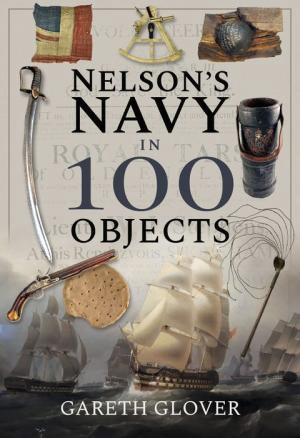 Nelson’s Navy in 100 Objects (Gareth Glover, Frontline Books, South Yorkshire, UK, 2021, 301 pp., photographs, index, $49.95, hardcover)
Nelson’s Navy in 100 Objects (Gareth Glover, Frontline Books, South Yorkshire, UK, 2021, 301 pp., photographs, index, $49.95, hardcover)
Hardtack, known as “ship’s biscuit” to British sailors, constituted a considerable portion of every wooden warship’s larder. The copper sheathing which coated the lower portion of HMS Victory’s hull kept its timbers safe from the Teredo worm, which could burrow into the planks and weaken them. It also retarded the growth of barnacles and seaweed. To keep a ship watertight, hemp yarn was stuffed in the gaps between the planks, driven in hard by a mallet and then covered with hot pitch as a sealant.
During a sea battle, gun crews fired carronades mounted on the upper decks to sweep enemy sailors from the decks of their own ships. If those crewmen proved too slow in their duties, the boatswain might give them a sharp rap across the back with his “start,” a short club made of knotted rope, wood, or even metal. After When Admiral Horatio Nelson died at the Battle of Trafalgar on October 21, 1805, his body was sealed in a water barrel known as a “leaguer.”
Using objects to give insight into a historical period is a common approach today, and this work falls into that standard format with no surprise or deviation. But the book stands out for its depth of research and the well-written explanations of how each object was used and fit into life in the Napoleonic-era Royal Navy. The book is lavishly illustrated in full color, which significantly enhances the presentation of the material.
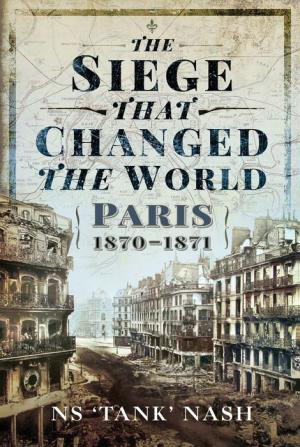 The Siege that Changed the World: Paris 1870 – 1871 (N.S. “Tank” Nash, Pen and Sword Books, South Yorkshire UK, 2021, 294 pp., maps, photographs, notes, bibliography, index, $42.95, hardcover)
The Siege that Changed the World: Paris 1870 – 1871 (N.S. “Tank” Nash, Pen and Sword Books, South Yorkshire UK, 2021, 294 pp., maps, photographs, notes, bibliography, index, $42.95, hardcover)
The Prussian army marched on Paris in autumn 1870 after defeating the French at Metz and Sedan. French Emperor Louis Napoleon III had made a disastrous error in July of that year declaring war on Prussia. The inability of the French to halt the Prussian juggernaut ultimately visited misery on the people of Paris. The Prussians had surrounded the French capital by mid-September, leaving its citizens frightened and rebellious. Starvation pushed the populous further into rioting. Paris eventually surrendered on January 28, 1871, and the rest of France capitulated, too. The humiliating defeat led directly to the formation of the Paris Commune and plunging France into civil war.
The Siege of Paris proved the pivotal event of the Franco-Prussian War. It had long-term effects for Europe; for example, it encouraged German militarism. The author analyzes these various effects, including the expansion of communism and the contraction of French global influence. The book offers a comprehensive examination of the political, social, and military factors surrounding the siege.
 Crosshairs on the Capital: Jubal Early’s Raid on Washington, D.C., July 1864: Reasons, Reactions and Results (James H. Bruns, Casemate Books, Havertown PA, 2021, 240 pp., maps, photographs, notes, bibliography, index, $34.95, hardcover)
Crosshairs on the Capital: Jubal Early’s Raid on Washington, D.C., July 1864: Reasons, Reactions and Results (James H. Bruns, Casemate Books, Havertown PA, 2021, 240 pp., maps, photographs, notes, bibliography, index, $34.95, hardcover)
Confederate Lt. Gen. Jubal Early’s raid on the Washington, D.C., area began as retaliation for a failed Union raid against Richmond, intended to free Union prisoners of war. The raid also aimed to free Confederate prisoners of war interred at Point Lookout in southern Maryland. Yet another objective was to capture as much food as possible from the Maryland farms around Washington. By 1864, such food-gathering missions were necessary tasks-of-survival for the Confederates, as the South’s food supplies and transport networks had by been severely damaged by the depredations of the Federal invaders.
If militarily feasible, Early planned to capture Washington. In the end, a small army of Union civilians, government clerks, former slaves and invalids foiled Early’s attack through the sheer amount of fire they were able to put out until Union troops arrived. The hard-fighting general settled for keeping the city’s defenders in place while his troops gathered the food stores they so desperately needed.
If the Confederates had captured Washington D.C., in summer 1864 it might have altered the course of the Civil War. The author offers an informative account of the raid from start to finish. His informative work has extensive details on the planning, conduct, and aftermath of the campaign. Every facet of the raid is covered and expertly analyzed. The book is well illustrated and has extensive annotations that reveal the depth of the author’s research.
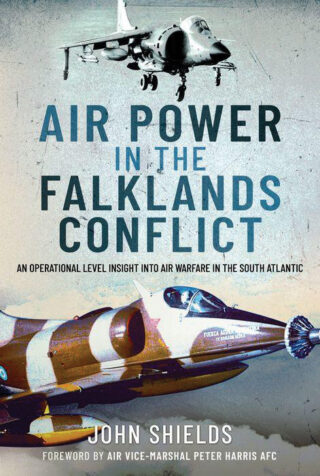 Air Power in the Falklands Conflicts: An Operational Level Insight into Air Warfare in the South Atlantic (John Shields, Air World Books, South Yorkshire UK, 2021, maps, table, photographs, appendices, notes, bibliography, index, $42.95, hardcover)
Air Power in the Falklands Conflicts: An Operational Level Insight into Air Warfare in the South Atlantic (John Shields, Air World Books, South Yorkshire UK, 2021, maps, table, photographs, appendices, notes, bibliography, index, $42.95, hardcover)
Lieutenant Ricardo Lucero flew an A-4C Skyhawk attack plane during the Falklands War in 1982. On May 25 he flew his fourth mission against the British forces attempting to retake the islands after an Argentine invasion and seizure earlier that year. “Three previous attempts were aborted when your British Harriers intercepted us over the sea,” he wrote. On this fourth attempt Lucero was shot down by antiaircraft fire at the British beachhead at San Carlos. Subsequent research showed the prior missions had failed more due to bad weather, ground fire and an inability to find their targets. Lucero gave his account while in a British hospital at Ajax Bay recovering from his injuries. He was the only Argentine fighter jet pilot captured during the brief war.
While this book includes several personal accounts of the Falklands air war, it is overall a complete accounting of the entire conflict’s air operations. The author convincingly demonstrates how the lessons of this late Cold War conflict still have relevance today in this new age of expeditionary warfare. The author is British, but he remains impartial in his assessments, using extensive Argentine resources. There are also numerous charts and tables helping explain the organizations and actions of the war.
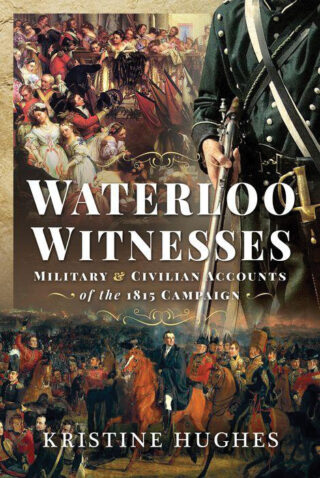 Waterloo Witnesses: Military and Civilian Accounts of the 1815 Campaign (Kristine Hughes, Pen and Sword Books, South Yorkshire UK, 2021, 292 pp., photographs, notes, bibliography, index, $34.95, hardcover)
Waterloo Witnesses: Military and Civilian Accounts of the 1815 Campaign (Kristine Hughes, Pen and Sword Books, South Yorkshire UK, 2021, 292 pp., photographs, notes, bibliography, index, $34.95, hardcover)
Sergeant Charles Ewart served in the Royal Scots Greys, a cavalry unit engaged at Waterloo against the French 45th Regiment, another cavalry formation. He spotted an enemy officer carrying his regiment’s Imperial Eagle standard and determined to capture it. “The officer who carried it and I had a short contest for it; he thrust for my groin, I parried it off and cut him through the head,” he said.
Ewart also had to fight off a lancer and a foot soldier as he tried to carry the standard to the rear for safe keeping. “I cut him through the chin upwards through the teeth,” he said of the lancer. As for the foot soldier who charged him with a fixed bayonet, “I parried it and cut him down through the head,” Ewart said. A British officer ordered him to take the captured standard to the rear.
The Battle of Waterloo is considered one of history’s greatest battles, and so has been written about, analyzed, and refought thousands of times on the written page. What makes this book stand out from others is its focus on personal accounts from Waterloo’s participants. The reader gets to experience the fighting from June 16 to June 18 June 1815 through the descriptions of the men and women who were there.
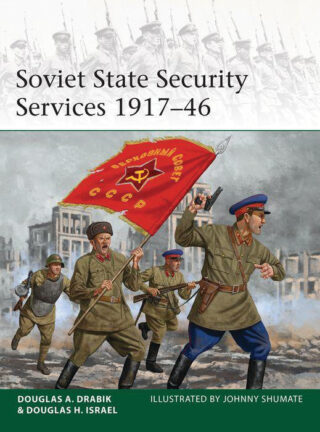 Soviet State Security Services 1917 – 1946 (Douglas A. Drabik and Douglas H. Israel, Osprey Books, Oxford UK, 2022, 64 pp., maps, photographs, bibliography, index, $20.00, softcover)
Soviet State Security Services 1917 – 1946 (Douglas A. Drabik and Douglas H. Israel, Osprey Books, Oxford UK, 2022, 64 pp., maps, photographs, bibliography, index, $20.00, softcover)
When the Communists came to power in Russia in 1917, they immediately formed the Cheka, a secret police organization. It proved instrumental to their success during the Russian Civil War. Afterward the Cheka transformed into the State Political Directorate (GPU) and Joint State Political Directorate (OGPU) before assuming the familiar initials NKVD, which stood for People’s Commissariat for Internal Affairs. The NKVD expanded substantially under Premier Josef Stalin.
During World War II the NKVD deployed entire divisions along with border guards and internal security formations. The organization also operated the infamous gulags, the forced labor camps where brutality was the norm. After the war Stalin decided the organization wielded too much power and dissolved it into several smaller bureaus including the security agency known as the MGB, which was the forerunner of the Cold War KGB.
Initially serving as police and internal security forces, these evolving organizations played a major part in World War II. This book succinctly summarizes the evolution of Soviet security forces over two decades, including their organization, activities, and leadership. Color artwork and photographs bring life to the text and give the reader a view of these forces in action.
Short Bursts
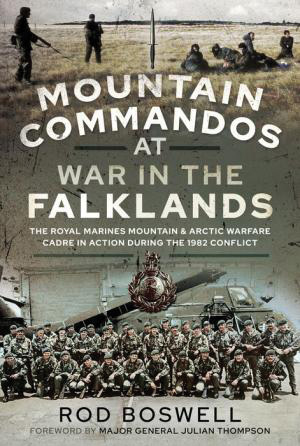 Mountain Commandos at War in the Falklands (Rod Boswell, Pen, and Sword Books, 2021, $42.95, hardcover.) The Royal Marines’ Mountain and Arctic Warfare Cadre carried out many missions during the war. This firsthand account is written by their former commander.
Mountain Commandos at War in the Falklands (Rod Boswell, Pen, and Sword Books, 2021, $42.95, hardcover.) The Royal Marines’ Mountain and Arctic Warfare Cadre carried out many missions during the war. This firsthand account is written by their former commander.
Victoria Cross Winners of the Korean War (Stephen Wynn, Pen, and Sword Books, 2021, $29.95, softcover.) The British Government awarded four Victoria Crosses during the Korean War, with two more receiving the equivalent George Cross. Each incident is discussed in detail.
From the Channel to the Ypres Salient: The Belgian Sector 1914-1918 (Chris Baker, Pen, and Sword Books, 2021, $29.95, softcover.) This illustrated guidebook leads the reader through the Belgian battlefields of World War I.
To Boldly Go: Leadership, Strategy, and Conflict in the 21st Century and Beyond (Edited by Jonathan Klug and Steven Leonard, Casemate Books, 2021, $34.95, hardcover.) This new work discusses strategy using vignettes from science fiction. The book is innovative and entertaining.
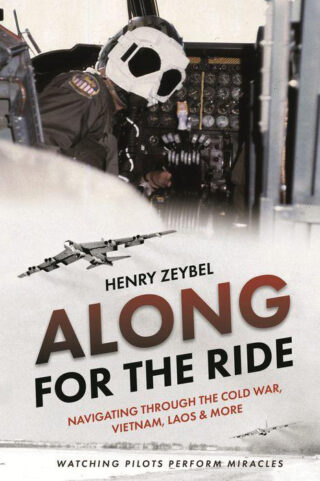 Along for the Ride: Navigating through the Cold War, Vietnam, Laos and More (Henry Zeybel, Casemate Books, 2021, $34.95, hardcover.) The author served as a navigator on strategic bombers and AC-130 Spectre gunships during his career. His memoir reveals what it was like flying missions during the Cold War.
Along for the Ride: Navigating through the Cold War, Vietnam, Laos and More (Henry Zeybel, Casemate Books, 2021, $34.95, hardcover.) The author served as a navigator on strategic bombers and AC-130 Spectre gunships during his career. His memoir reveals what it was like flying missions during the Cold War.
The New Knights: The Development of Cavalry in Western Europe 1562-1700 (Frederic Chauvire, Helion and Company, 2021, $43.15, softcover.) Cavalry forces went through extensive changes from the 16th to the 18th centuries. This book documents that evolution.
Egypt 1801: The End of Napoleon’s Eastern Empire (Stuart Reid, Frontline Books, 2021, $42.95, hardcover.) Napoleon left a French army in Egypt when he sailed home to conduct a coup in France. The French campaign in Egypt and Syria ended in failure for France and improved the reputation of the British Army.
Roman Britain’s Missing Legion: What Really Happened to IX Hispana? (Simon Elliott, Pen, and Sword Books, 2021, $39.95, hardcover.) The Hispana Legion disappeared from Roman histories around AD 108. The author discusses new evidence that reveals the unit’s actual fate.
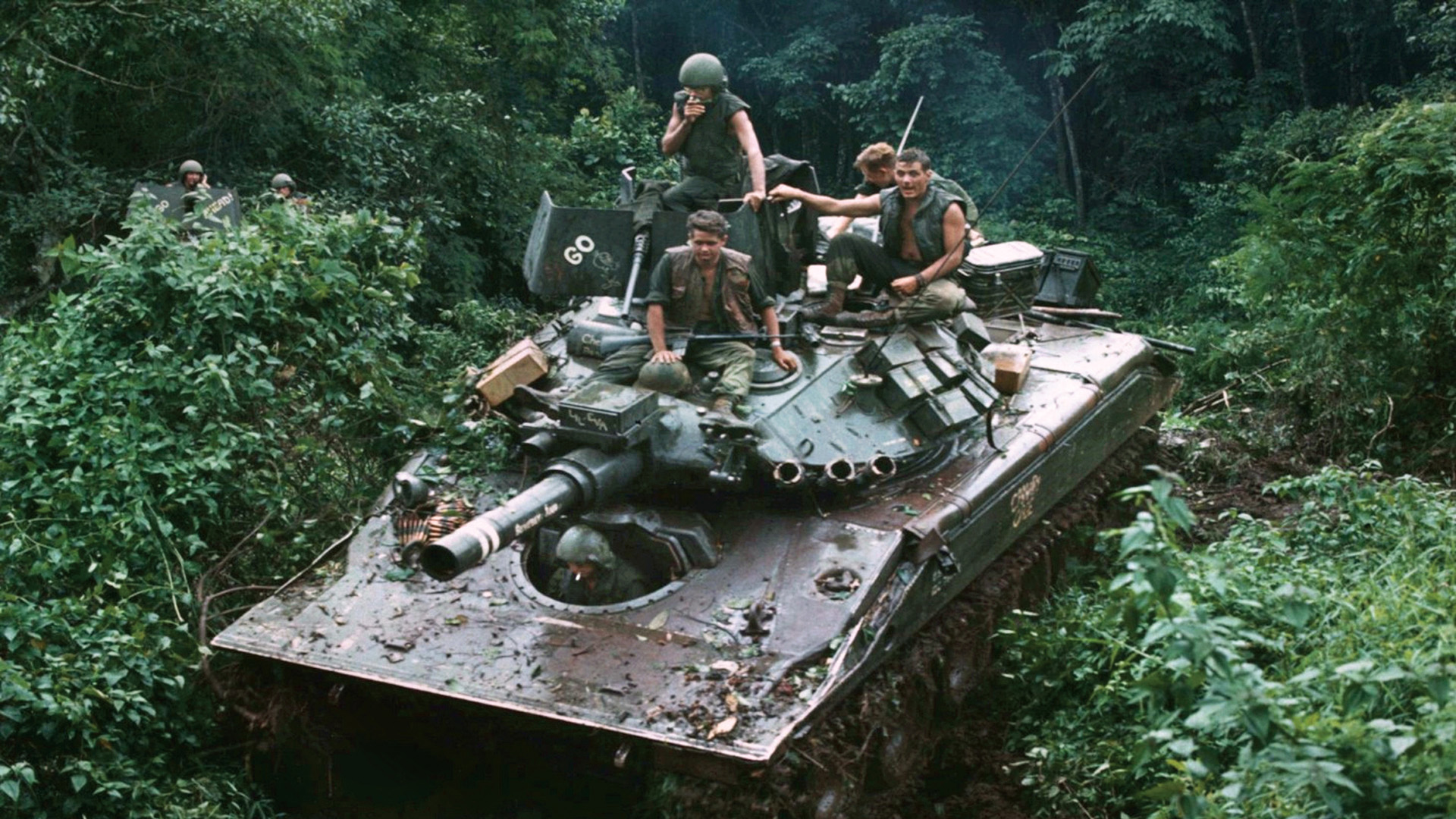
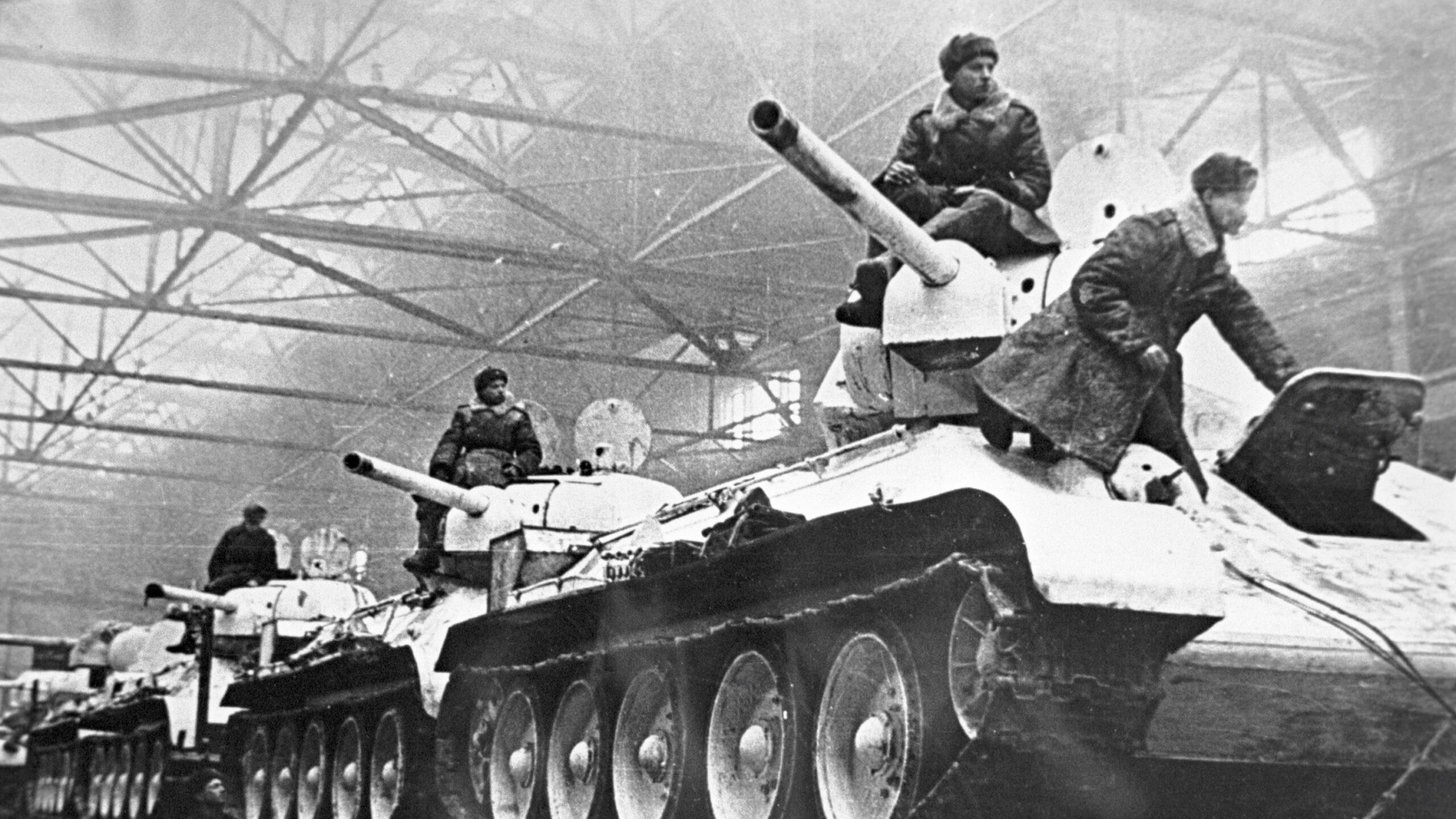
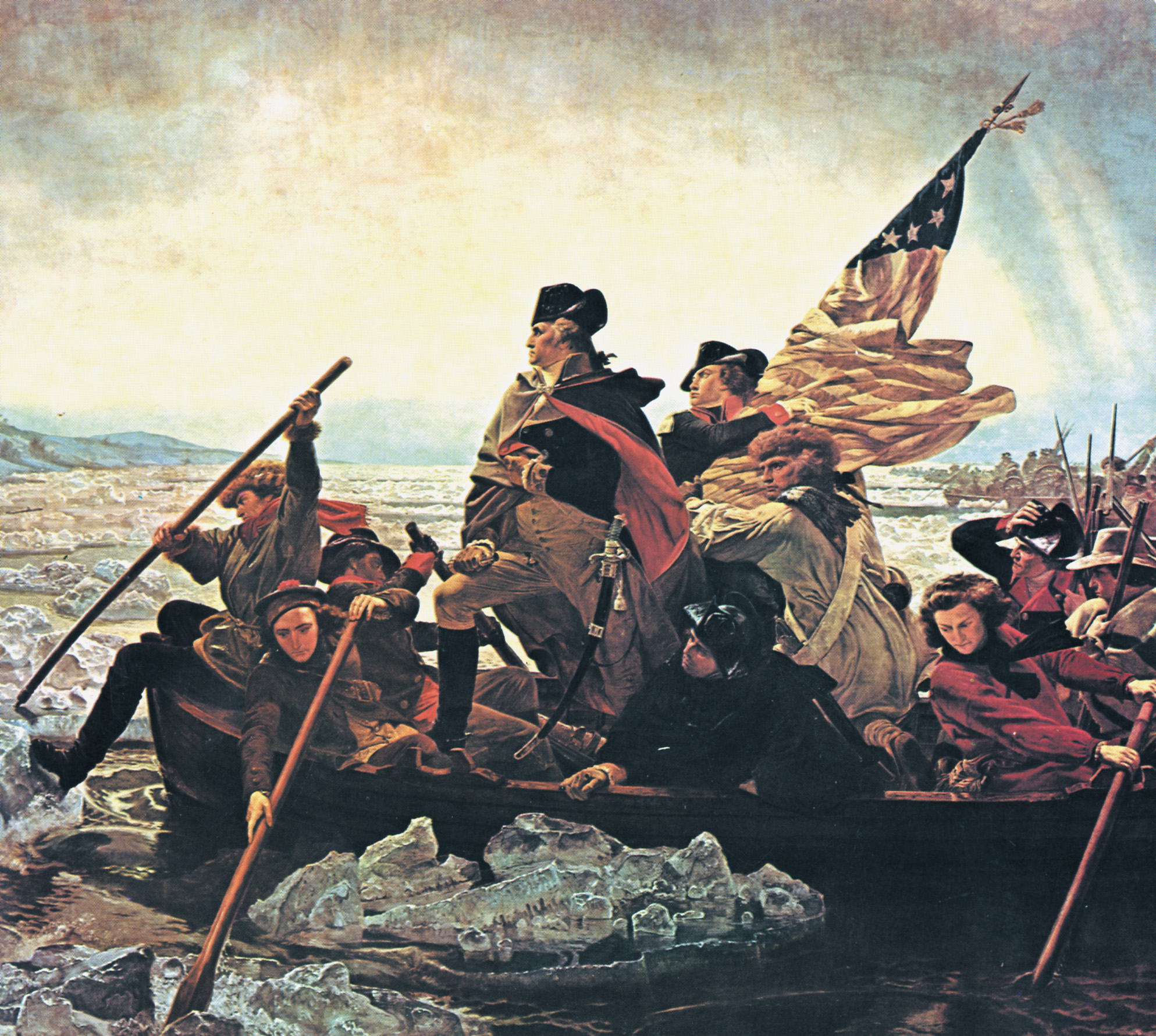
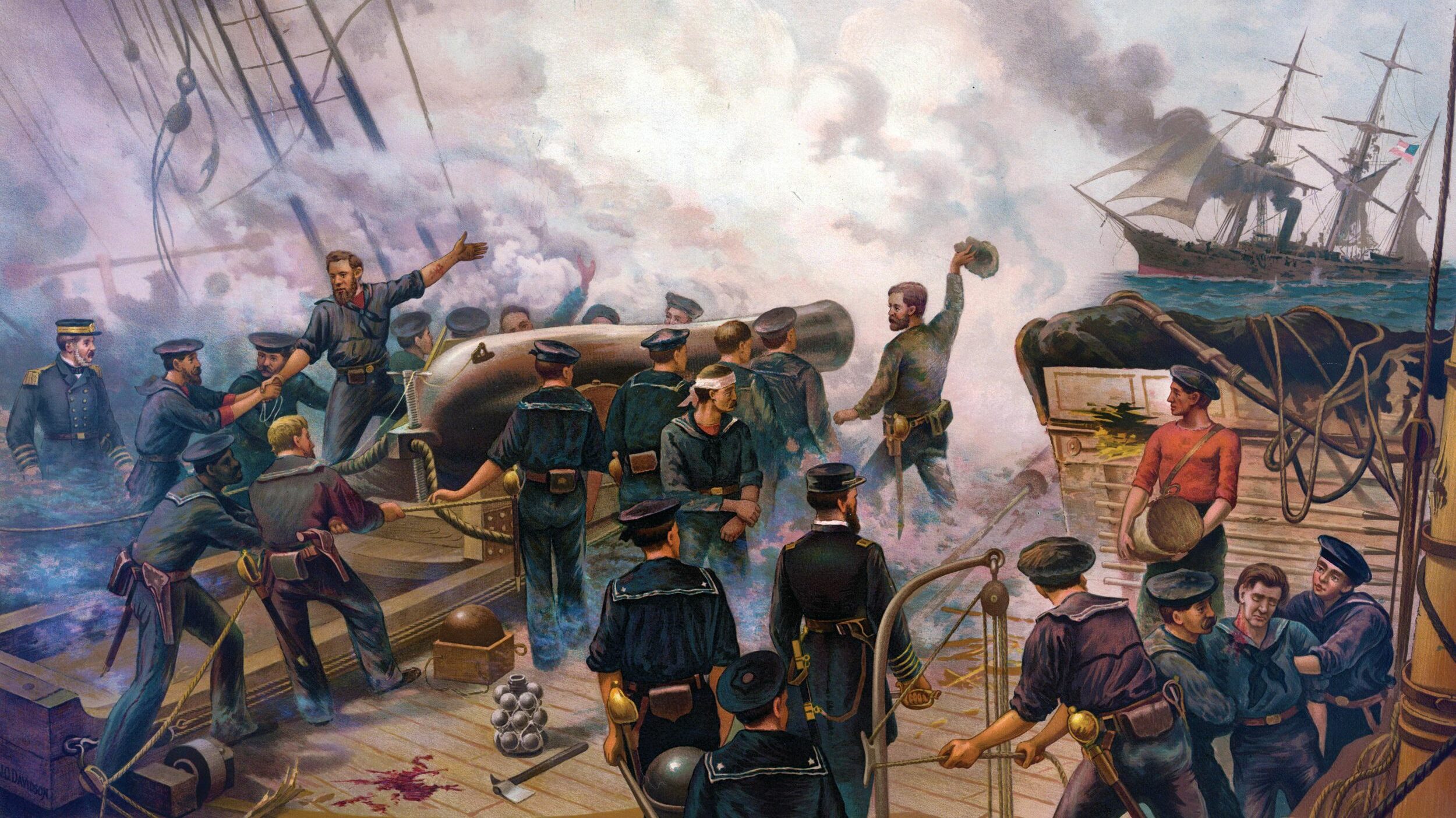
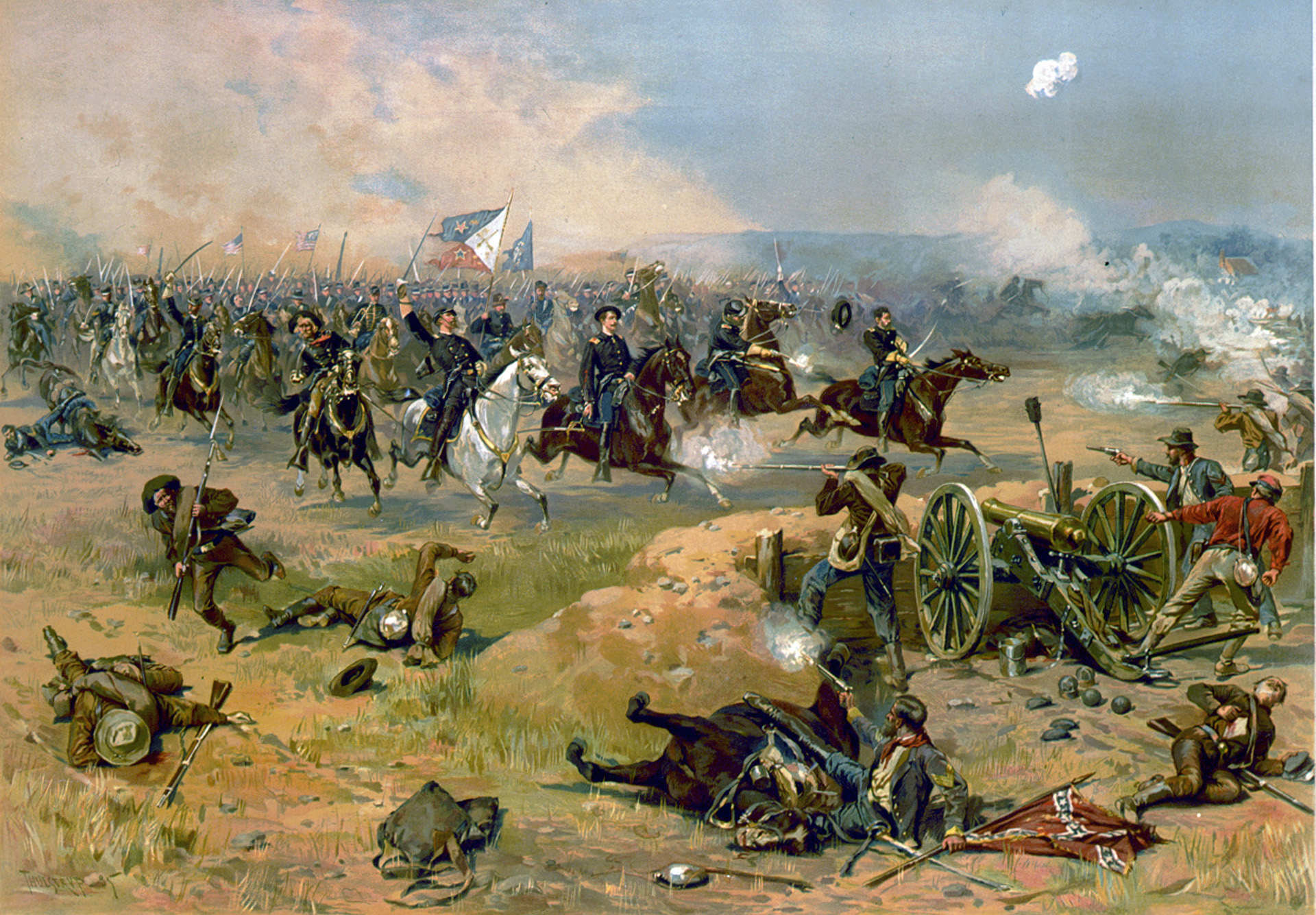
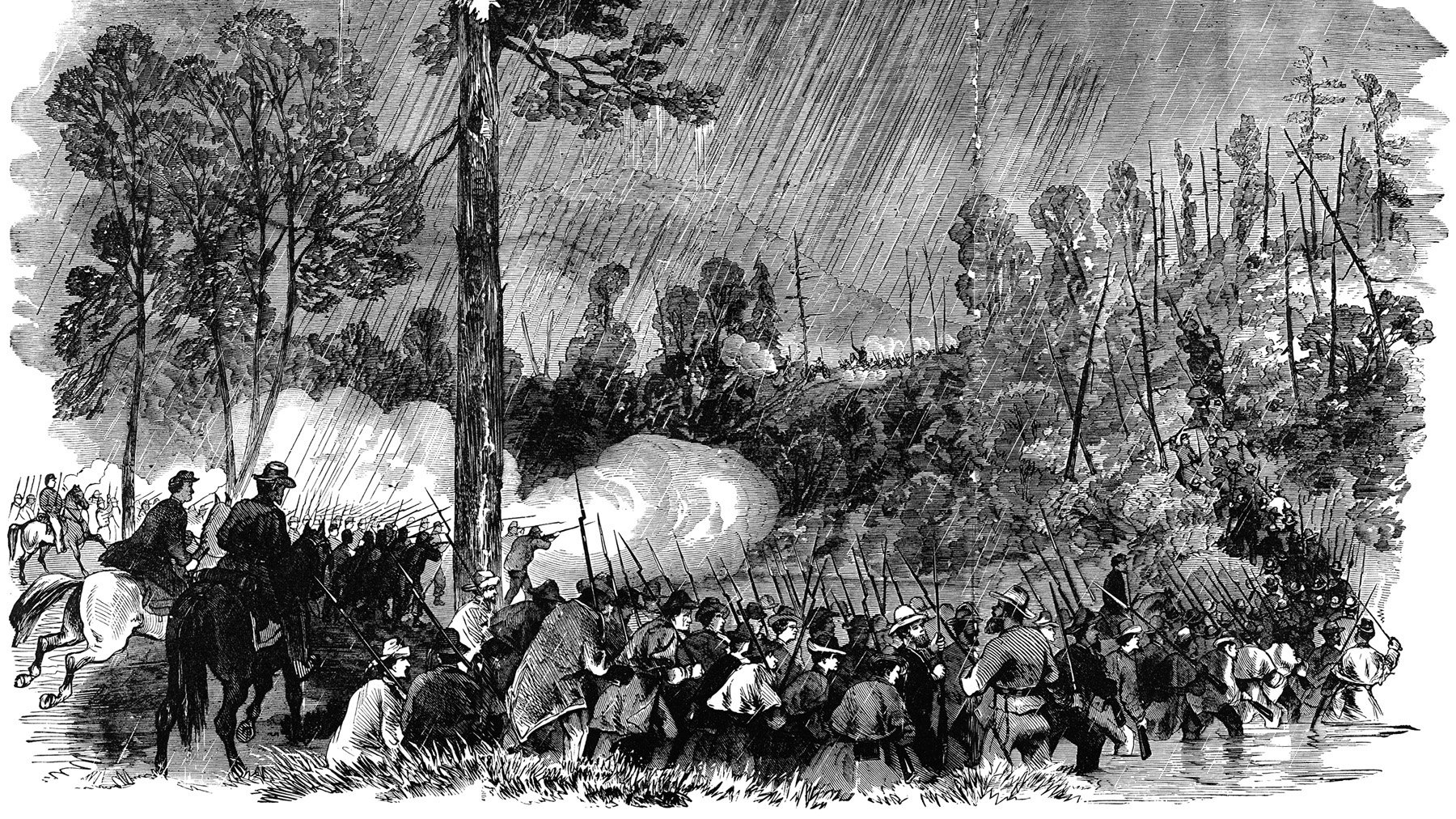
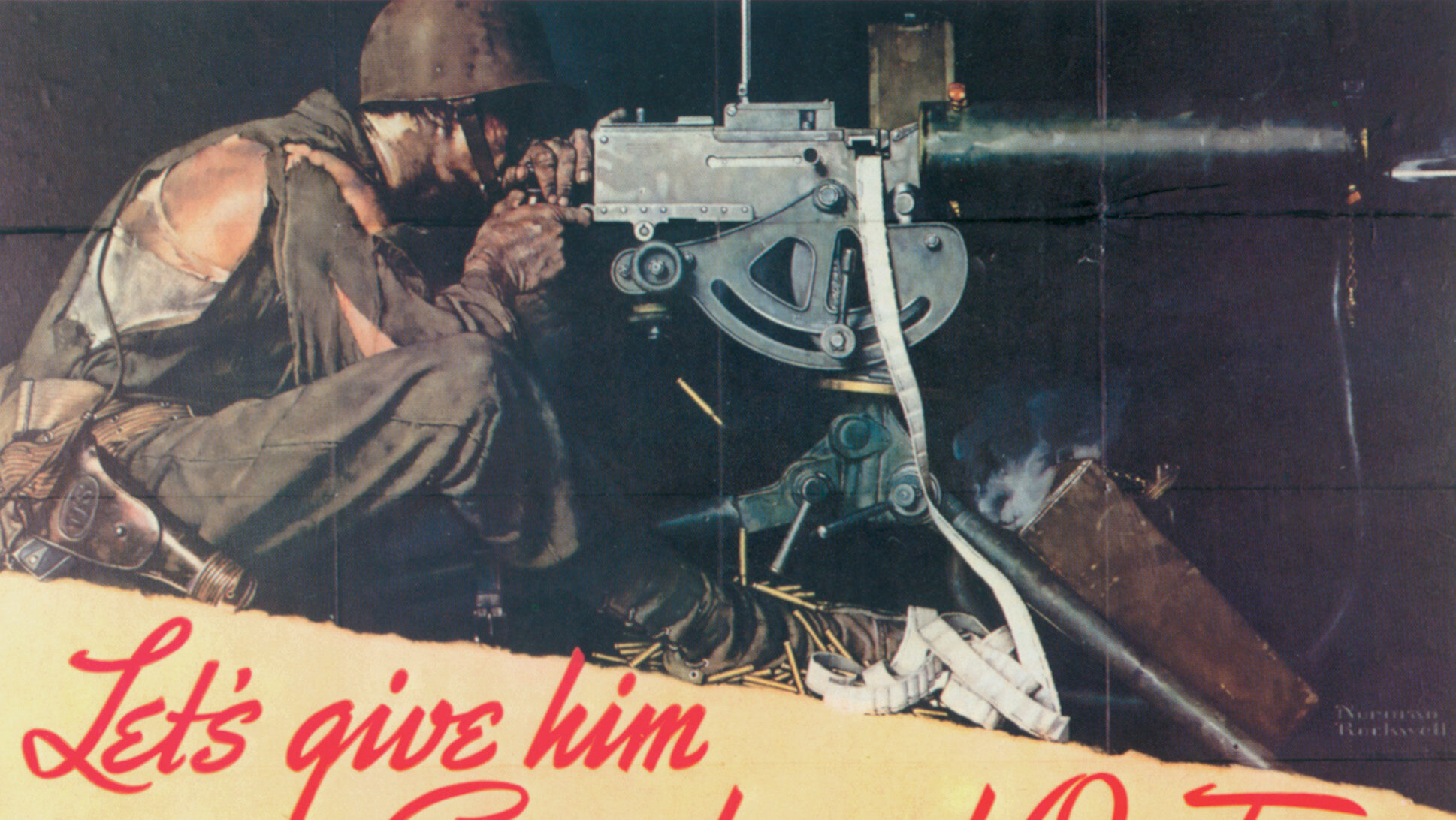
Join The Conversation
Comments
View All Comments